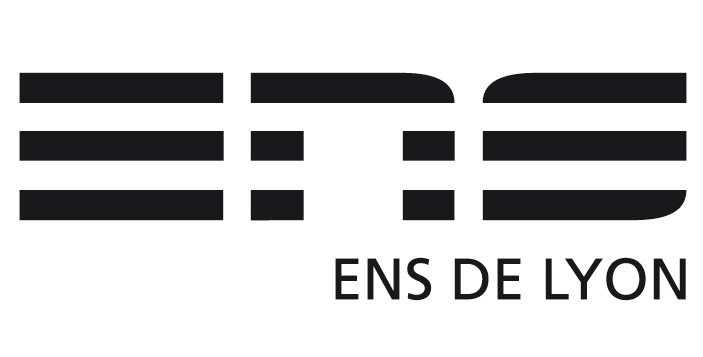Sarah GAUTIER
| Quand ? |
28/09/2015 à 14:00 |
|---|---|
| Où ? |
Salle Fontaine |
Catalytic activity at high coverage: a theoretical study.
Petroleum industry has a strong interest in the selective hydrogenation of polyunsaturated hydrocarbons. This reaction is catalyzed by metallic particles or alloys and happens under pressure of hydrogen. In this work, we study the selective hydrogenation of butadiene into 1-butene, on two model catalysts which are Pt(111) and Sn/Pt-Pt(111). For this, we used the VASP code (Vienna Abinitio Simulation Package) that allows to perform periodic calculations in the framework of the Density Functional Theory (DFT). The choice of the catalysts was driven by the experimental and industrial communities who mostly use platinum because of its high activity, or alloys such as tin-platinum alloy, less active but more selective. Butadiene hydrogenation was already studied in the past but only at T=0 K and without taking into account the real pressure conditions of the reactants. Our aim is to understand the elementary steps of this reaction which is why we ran this study at T and P conditions close to the one used experimentally, e.g. 300-400 K et 1-10 bar. For this, we setup a thermodynamic model to evaluate in a first step the surface composition when the reaction occurs. It came out that the most stable surface configuration corresponds to a coverage of 1 ML of hydrogen which suggests an Eley-Rideal type mechanism. Then we studied the kinetic aspect of this reaction and we calculated the hydrogenation pathways for different coverages of hydrogen. We concluded that there is a strong competition between the sensed mechanism, called Langmuir-Hinshelwood mechanism and implying strongly adsorbed species, and the Eley-Rideal mechanism, proposing a weak adsorption of one of the two reactants. The calculations were done using the PBE and optPBE functionals in order to compare two different methods



